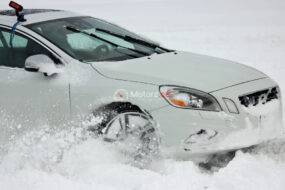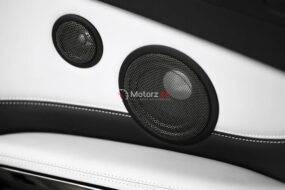Tire Pressure How to Maintain Proper Tire Pressure is a crucial aspect of vehicle maintenance that often goes overlooked. Many drivers underestimate the impact that can have on safety, fuel efficiency, and overall performance. In this article, we will explore why is important, Inflating your tires how to check it, and the consequences of neglecting this seemingly minor aspect of car care.
Importance of Proper Tire Pressure
One of the primary reasons to maintain proper tire pressure is safety. Underinflated tires can lead to poor vehicle handling, longer stopping distances, and an increased risk of accidents. On the other hand, overinflated tires can result in a harsher ride and reduced traction, particularly on wet or slippery surfaces. By keeping your tires properly inflated, you ensure optimal contact with the road and minimize the risk of skidding or hydroplaning.
Fuel Efficiency
Proper directly linked to fuel efficiency. Underinflated tires increase rolling resistance, requiring more energy (and therefore more fuel) to move the vehicle. This can lead to decreased gas mileage and increased expenses at the pump. In a world where environmental consciousness and rising fuel prices are ever-present concerns, maintaining the correct is a simple yet effective way to reduce your carbon footprint and save money.
Tire Longevity
Tires are a significant investment, and maintaining the correct pressure helps maximize their lifespan. Underinflated tires cause increased heat buildup, leading to premature wear and potential blowouts. Overinflated tires, on the other hand, wear out more quickly in the center of the tread. Regularly checking and maintaining proper can extend the life of your tires, saving you money in the long run.
How to Check
Checking your tire pressure is a straightforward task that can be done with a gauge. These inexpensive devices are readily available at auto parts stores and are easy to use.. Make sure to check the pressure when the tires are cold, as driving can heat up the tires and give an inaccurate reading.
Refer to the Vehicle Manual
For specific recommendations regarding , refer to your vehicle’s manual. The manual provides information about the manufacturer’s recommended for both front and rear tires. Keep in mind that front and rear tires may require different pressure levels. Look for any signs of uneven wear, damage, or embedded objects. If you notice anything unusual, it’s essential to address the issue promptly.
Increased Accident Risk
As mentioned earlier, improper can compromise vehicle handling and increase the risk of accidents. In extreme cases, underinflated tires can lead to blowouts, which can be particularly dangerous, especially at high speeds. Regularly checking and maintaining properis a simple yet effective way to enhance road safety.
Reduced Fuel Efficiency
Neglecting tire pressure can result in decreased fuel efficiency. With the ever-rising cost of fuel and the environmental impact of vehicle emissions, maintaining optimal is a practical and eco-friendly measure. It’s a small effort that contributes to a more sustainable and cost-effective driving experience.
Premature Tire Wear
Underinflated or overinflated tires wear unevenly, leading to premature tire replacement. Tires are a significant expense for vehicle owners, and neglecting their pressure can result in more frequent and costly replacements. By taking the time to check and maintain proper, you can extend the lifespan of your tires and save money in the long term.
Conclusion
In conclusion, Tire Pressure is a critical factor in ensuring the safety, efficiency, and longevity of your vehicle. Regularly checking and maintaining proper is a simple yet effective aspect of car care that should not be ignored. By doing so, you contribute to a safer driving experience, reduce fuel consumption, and extend the life of your tires. It’s a small investment of time and effort that pays off in terms of safety, savings, and overall peace of mind on the road.





